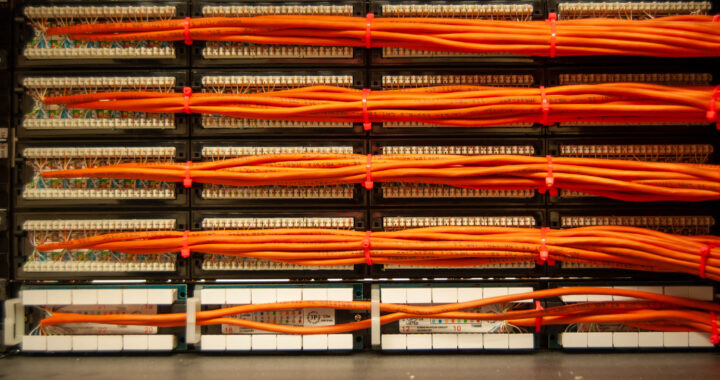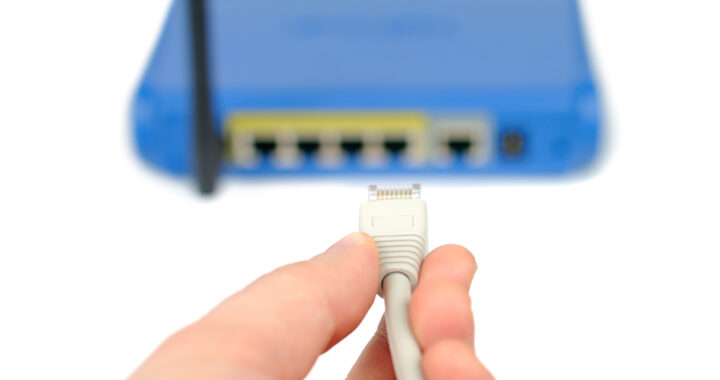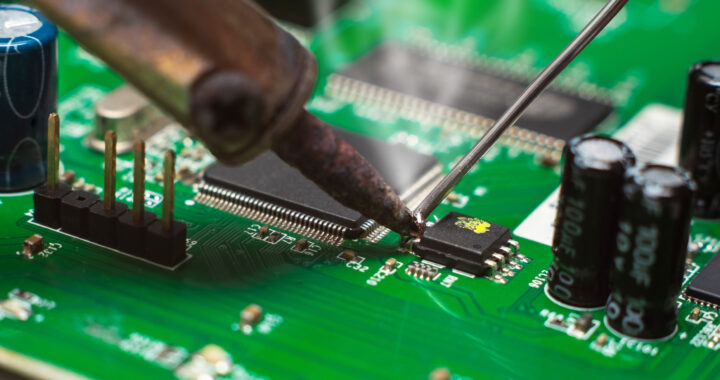Your Network’s Backbone
We’ve seen some bad cabling. Often we’re brought in to clean up somebody else’s shoddy job. While we’re happy to help you, we’d rather give you a good cabling job from the start. RCI has been doing quality cabling for almost 40 years. And while you might think it’s a simple task to just run a cable from one spot to another, quality cabling is all about planning and good workmanship. From jack to rack, a good wire run is neat, functional and efficient.
RCI can provide all your cable infrastructure needs. From installing a jack to a fiberoptic network, no job is too large or too small. Does your business need a new sound or computer system? Are you remodeling or building a new structure? Do you need to add an employee work station? Whether you have a new or established business, cabling needs change as a business grows.
Whether it’s phones, sound systems, data and internet , CCTV, fiberoptics, or television your business depends on cable. This include Cat 5, Cat 5e, Cat 6 and fiberoptics.
Using a company that provides solutions to every technology need can save you time and hassle when you have to make changes to other systems such as surveillance, computer servers, and data networks. When you have the same company install your infrastructure that maintains your other systems, you know that that company is invested in the success of it’s functioning.
So what does a good cabling job look like?
The Anatomy of Cabling Job
Good Cabling Infrastructure needs smart planning and quality parts. That means not simply choosing the lowest cost brand. It means using brands that work.
A cable run goes from an endpoint to a patch panel. The end point is whatever the client is using. This can be a telephone, computer, speaker or other device. In most cases the device plugs into a wall jack.
The wall jack is surrounded by a plastic faceplate similar to those seen on an electrical outlet. Faceplates come in many colors. We pick faceplates that match or complement the wall in which it’s installed.
From here, there are many choices. Most clients do not want their cable to be outside the wall. In some cases however, clients will choose this option because of the wall material, cross beams, masonry or some other reasons. For these jobs, wire molding is used to protect the cable and keep it out of the way.
For most jobs, wiring is run inside of walls or ceilings. Sometimes, we run across some very messy cabling jobs.
A good cable job uses wire management. These include hooks, ties and other management tools to keep bundles together and out of the way. A good cable job is also labeled for ease of use. Sometimes changes need to be made and in those cases it’s a lot easier to see what going on with Steve in accounting’s extension if you can tell which wire belongs to Steve in accounting.
Also regarding changes, a good cabling job has a service loop. A service loop is a length of wire (about 3 feet or so) looped into a circle near the termination point. The point of a service loop is to give the opportunity to move a piece of equipment (and with it cable) to a different part of the room. A loop also helps if somehow the end of a cable is damaged. It’s a lot easier to reconnect a cable to a jack than it is to run a whole new cable.
Finally, all the cables are run to a central endpoint. There they are connected to a patch panel which is usually mounted on a rack. Depending on the job, a patch panel can be something very simple or somewhat more advanced. If you have IP phones or cameras you may need a managed switch with power of ethernet. If you’re dealing with something that doesn’t need as much power or is being powered some other way, a simpler switch will do. The switches can then connect through patch cords to the patch panel. Some patch panels also use power over ethernet (POE).
Most importantly, cabling is out of the way and functional. When evaluating a potential company to do your cabling (or really any job), remember, there’s nothing wrong with asking a lot of questions. Make sure that you are on the same page as the person or company providing the cable and ideally, get everything in writing. With a quote and a minimal amount of foreknowledge you can make sure you know what you’re getting and you’re getting what you’re paying for.



Pingback: Modern Wireless Technology Saving Money On Your Phone System - RCI Business Technology